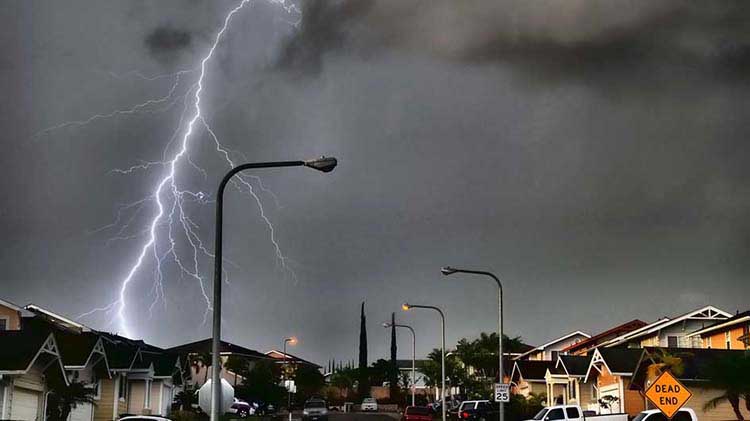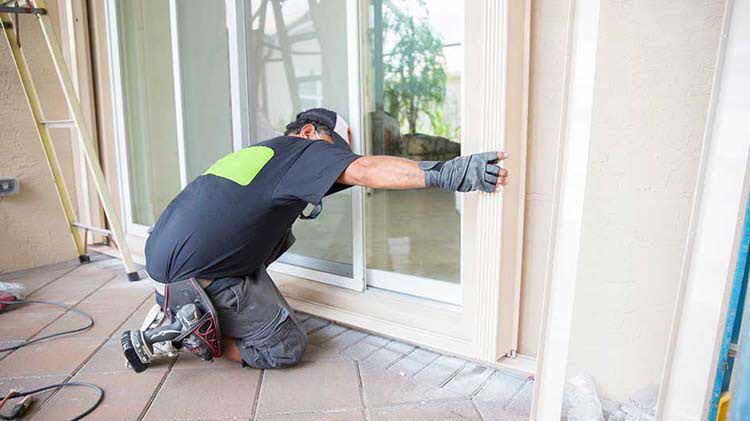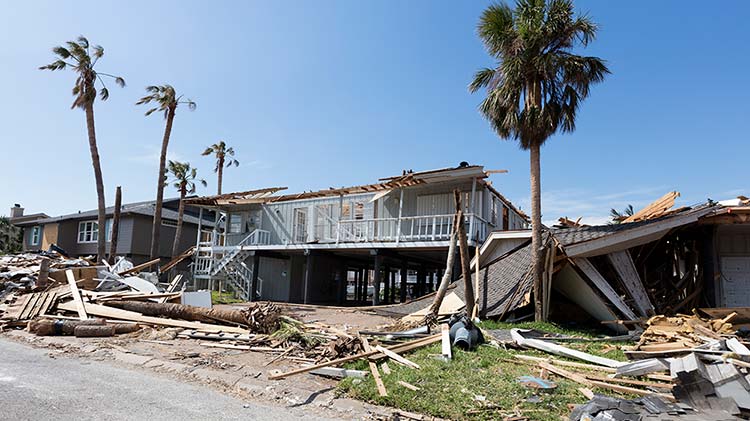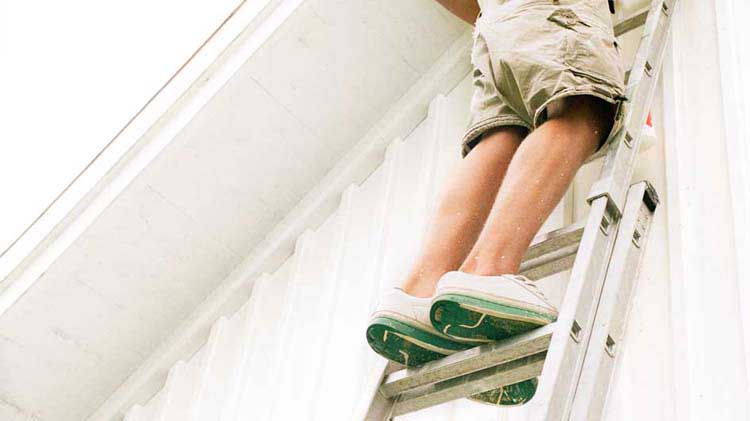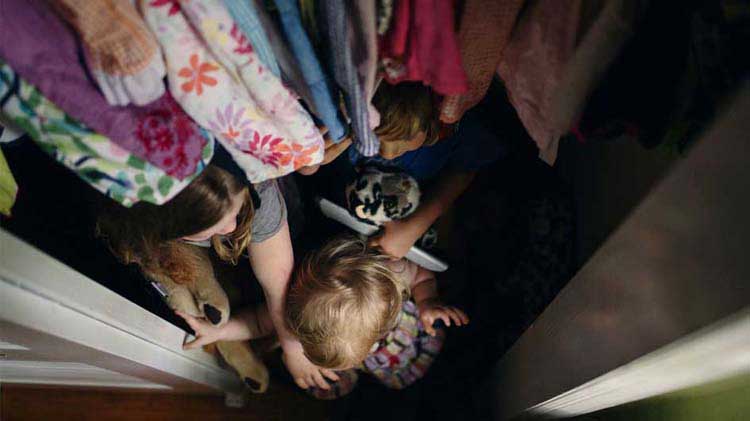Lightning safety
Know what to do in order to avoid injury and property damage when lightning strikes.
The National Oceanic and Atmospheric Administration (NOAA) estimates that lightning strikes the ground on average about 20 million times per year in the United States. In 2020, those strikes resulted in 17 lightning-related fatality reports. In addition, lightning strikes cost $2.1 billion in insured losses in 2020, according to the Insurance Information Institute. Claims data from State Farm® found that in 2020 the average claim cost for a lightning strike was nearly $12,000. Many times, these strikes can land on or near residences, wreaking havoc on the home's electrical system, appliances or electronics.
Fortunately, by following these pointers, you may help safeguard your property — and yourself — from the damage inflicted by lightning.
Number of lightning strikes
- During a thunderstorm, don't let dry conditions fool you. Lightning can strike up to 10 miles away from an area of rainfall.
- Lightning causes an average of 41 fatalities yearly.
- The air surrounded by a lightning strike can heat the surrounding air as much as 18,000 to 60,000 degrees Fahrenheit. That's about five times hotter than the first layer of the sun.
- Each year, the United States experiences 20 million flashes of lightning. Florida and other Gulf Coast states see the most lightning; Pacific Coast states see the least.
- A single strike of lightning can pack up to 300 million volts of electricity.
Ways lightning can strike you
You don't have to be hit directly to suffer injuries. You also can be struck by:
- A side flash: Lightning jumps from its primary target, typically a taller object, to the victim.
- A ground current: Lightning strikes an object and then travels across the ground, making contact with a victim.
- Conduction: A victim is touching a metal surface that is struck by lightning.
Lightning effects
According to weather.gov, hundreds of people are struck by lightning each year. The good news: 90% of victims survive. After being struck, there are mild and long-term side-effect symptoms.
Mild symptoms of a lightning strike may be:
- Burns
- Vision or hearing loss
- Headaches
- Nausea
- Dizziness
- Confusion
Long-term symptoms could be:
- Easily distracted
- Ringing in the ears
- Problems with multi-tasking
- Nerve pain
- Unresolved headaches
Lightning safety tips
If lightning is common in your area, familiarize yourself with ways to reduce risk before and during a lightning storm. For example:
- Go indoors at the first sign of a storm.
- Avoid touching electronics or anything with a cord, such as your hair dryer.
- Stay away from water sources, including pipes, sinks and showers.
- Do not stand or lean on concrete structures. Metal bars inside the concrete can conduct electricity.
- Seek shelter in a hard-top vehicle if you're stuck outside. Also avoid sitting inside convertible cars, golf carts and motorcycles.
- If swimming or boating when lightning is present, get out of the water and onto dry land.
- Do not touch metal surfaces, such as a sliding door.
- Avoid touching anything served by gas lines, such as water heaters, ovens, furnaces and fireplaces.
- If you're outside and shelter isn't available, crouch down at least 100 feet from tall objects, tuck your head in and cover your ears.
- If someone has been struck by lightning, call 911 or your local ambulance service immediately. If you are qualified, give the person first aid. Lightning victims are safe to touch and need medical attention right away.
Invest in lightning protection
Your best bet for stopping lightning damage in its tracks may be a lightning protection system tailored specifically to your home's architecture. Such a system creates a pathway for lightning bolts, guiding them safely into the ground.
Hire a professional
Installing a lightning protection system is not a do-it-yourself task due to all of the intricacies involved in completing the job accurately. Fortunately, you can find a reliable certified installer by visiting LPI.
Make sure your professional installer uses only products that bear proof of UL certification. This ensures the equipment complies with national industry standards.
Get a second opinion
If you move into a home with a lightning protection system in place, or you have structural repairs done to your home's exterior that could compromise your current system, it's wise to have your system checked out by a third-party independent follow-up inspector to ensure it still properly stands up to strikes.
Install lightning surge protection devices
Lightning strikes on or near a power line or utility service are a frequent cause of power surges. Point-of-use surge protection devices (SPDs), combined with a good grounding system, should protect your electronic and electrical appliances from most electrical surges. An SPD does not suppress or arrest a surge; it actually diverts the surge to the ground.
Service entrance SPDs provide protection for your entire electrical system and are usually installed at the electrical panel(s) or at the base of the service meter. These devices help prevent the entrance of overvoltages, which can cause a fire. Surge protection devices are typically installed in conjunction with a lightning protection system.
Lightning insurance
While there isn't a policy for lightning alone, your homeowners, condo or renters policy can help get you get you back on your feet if lightning does strike. You can also contact your insurance agent if you have coverage questions about damage due to lightning.
